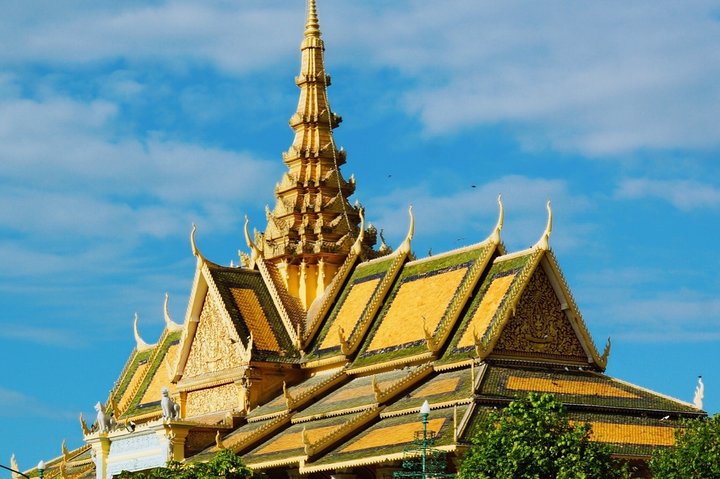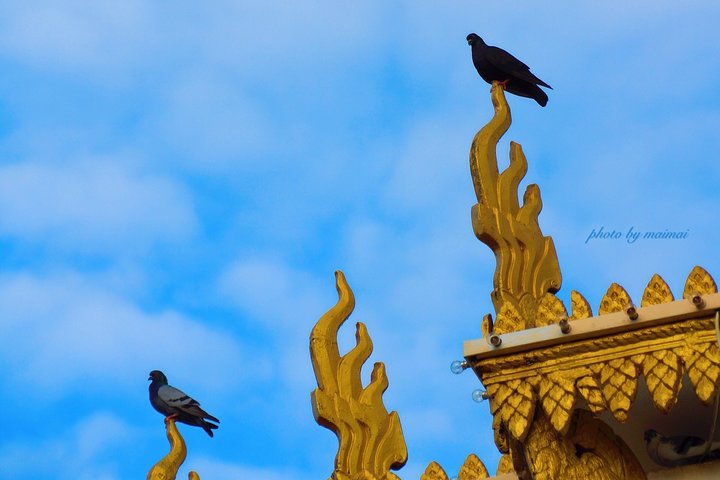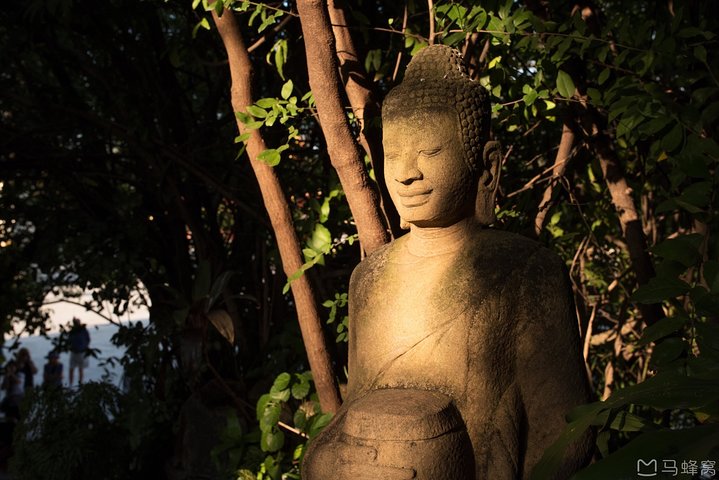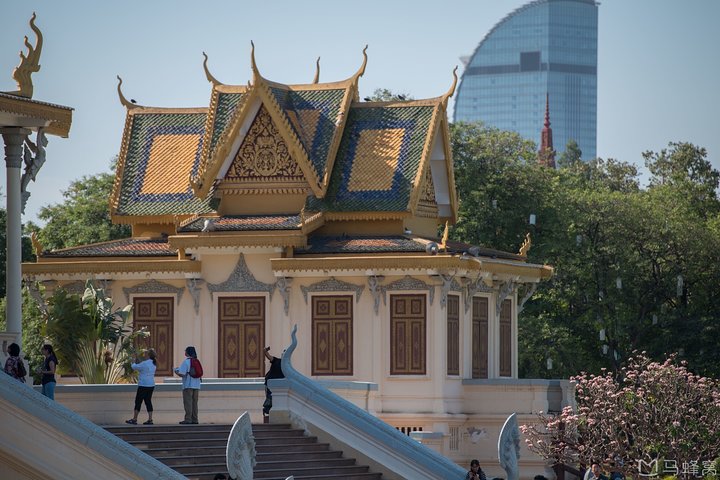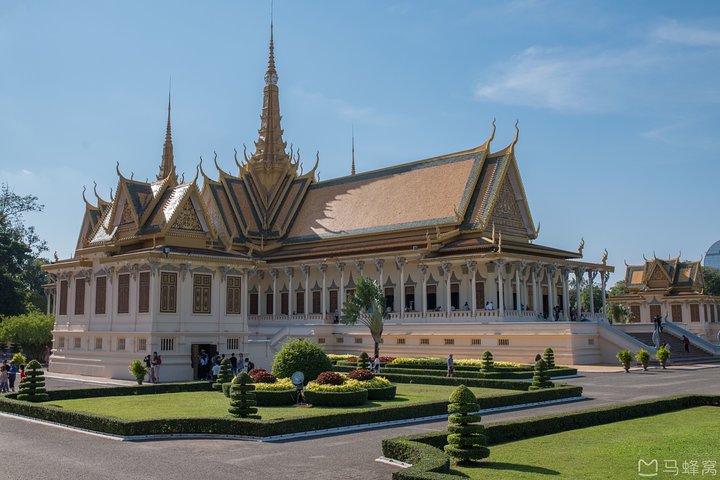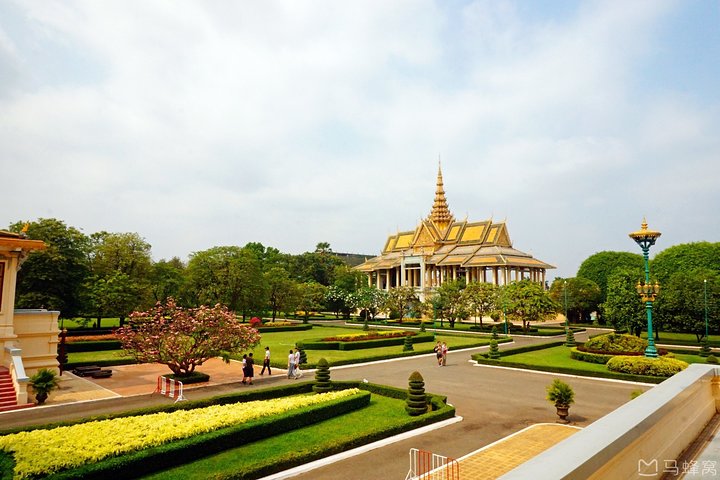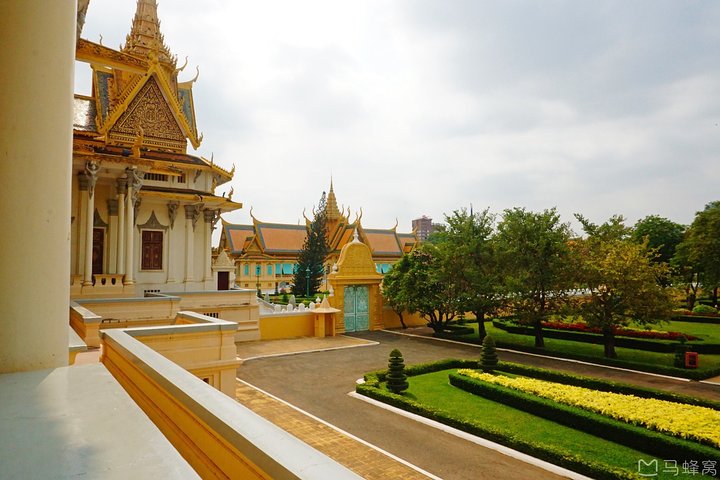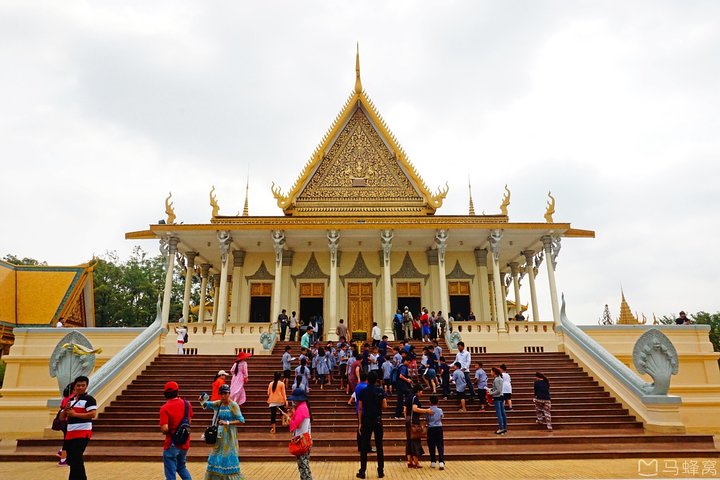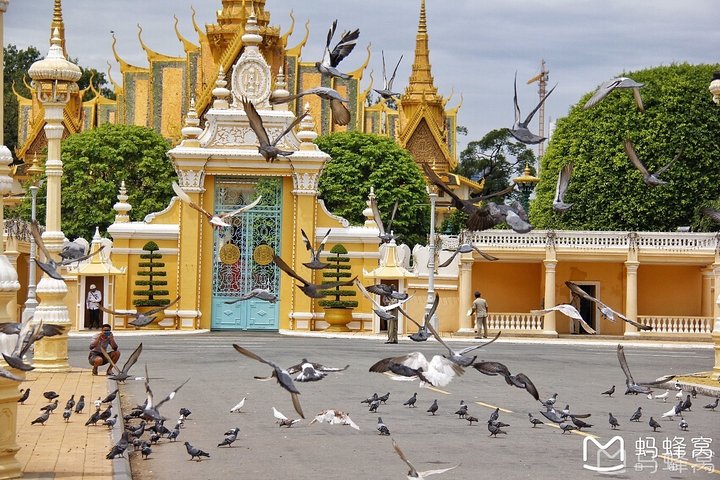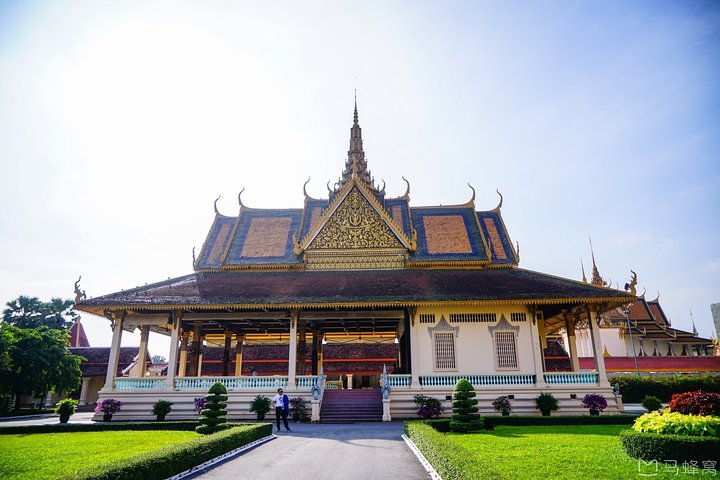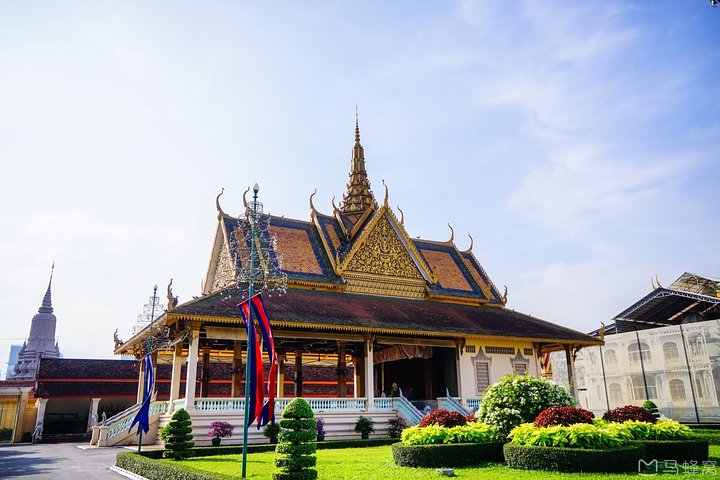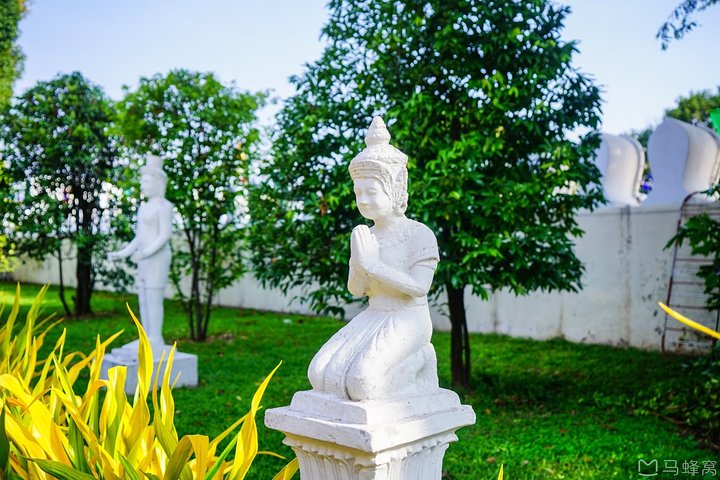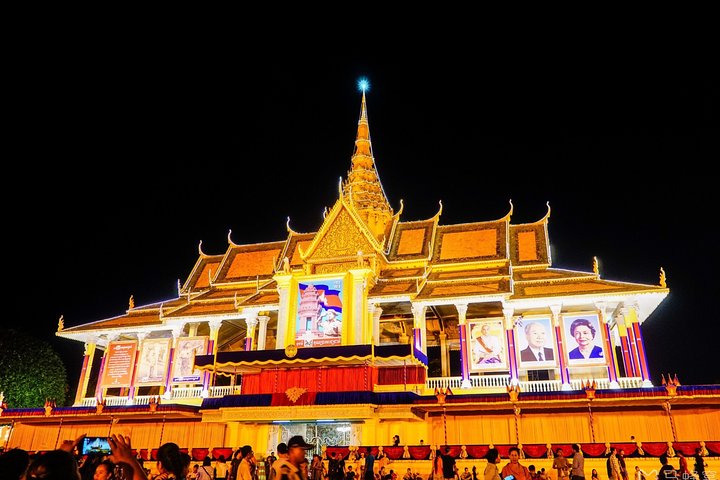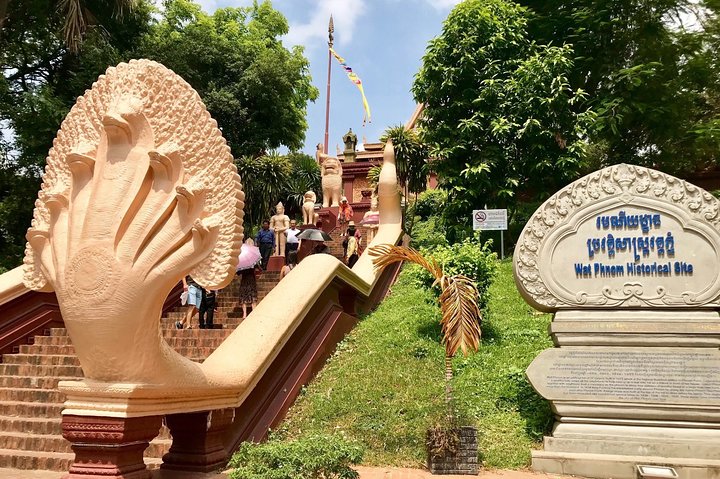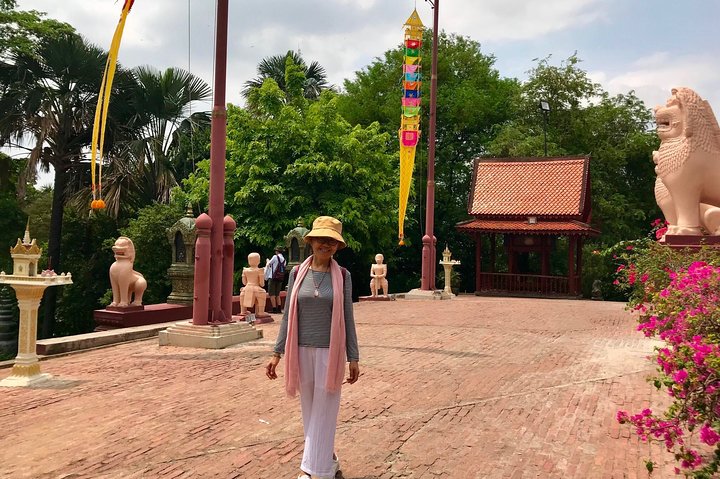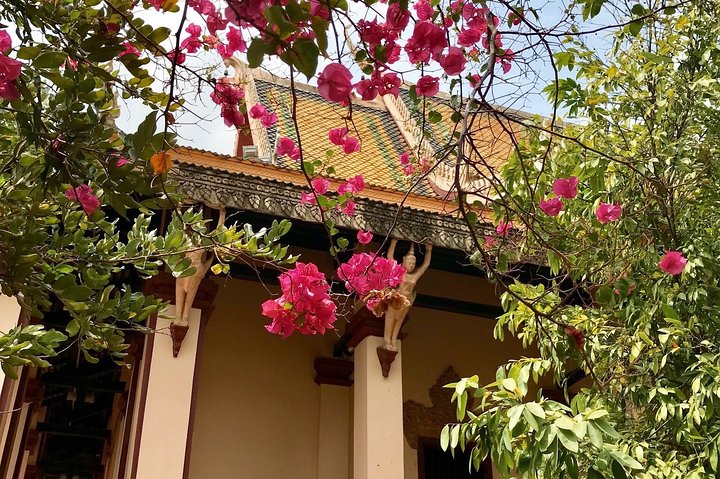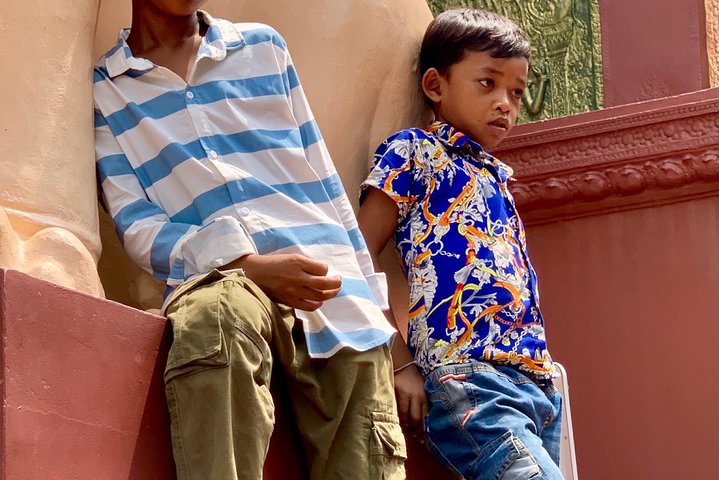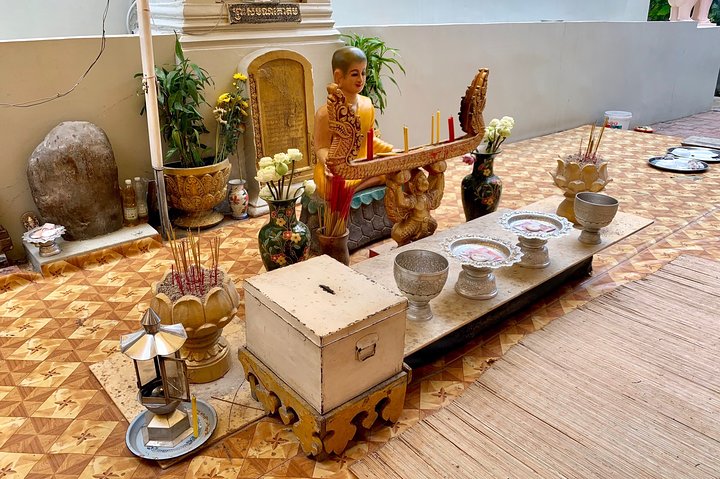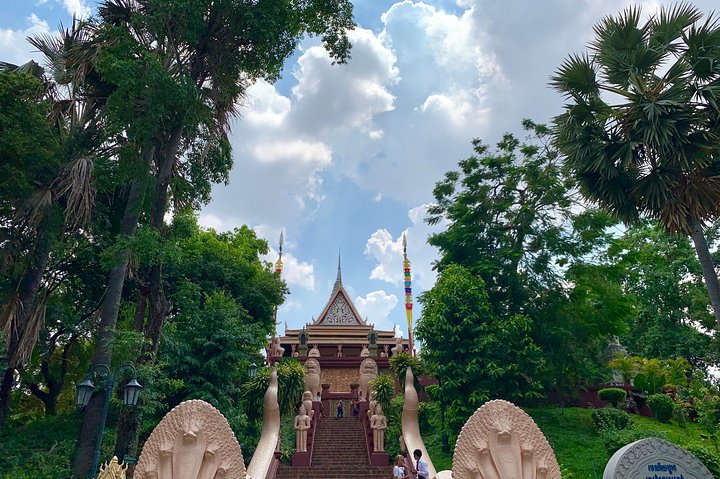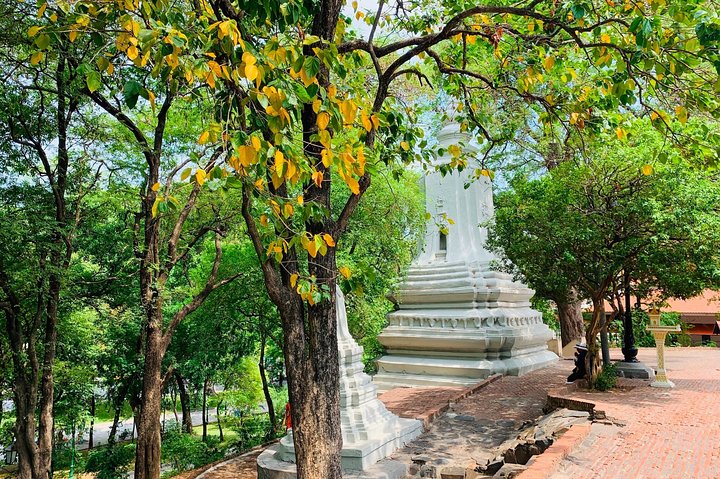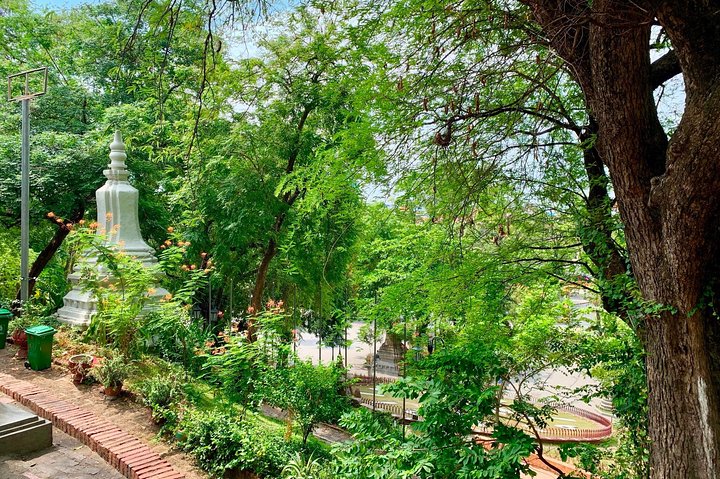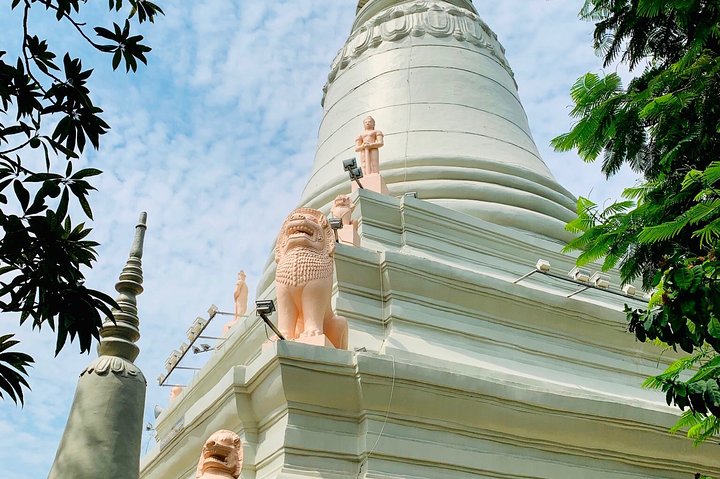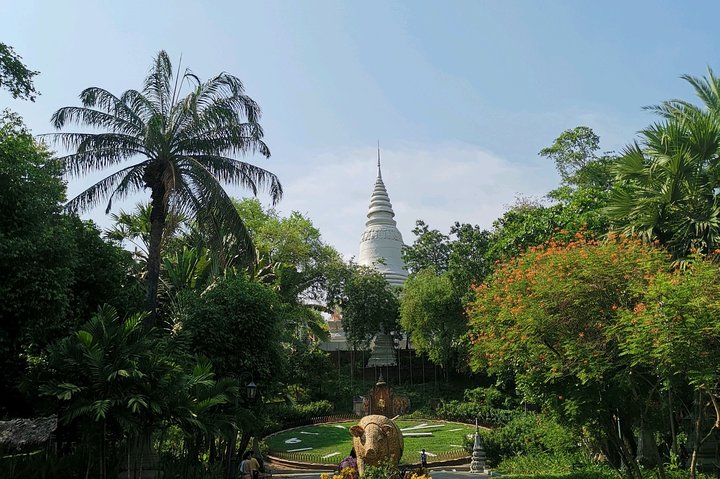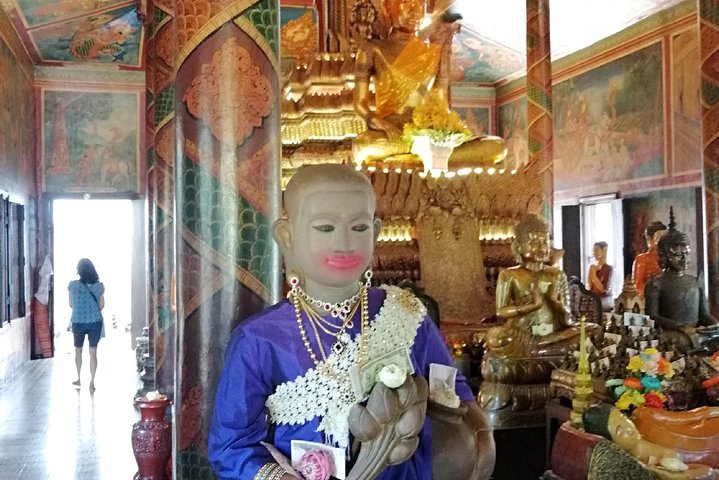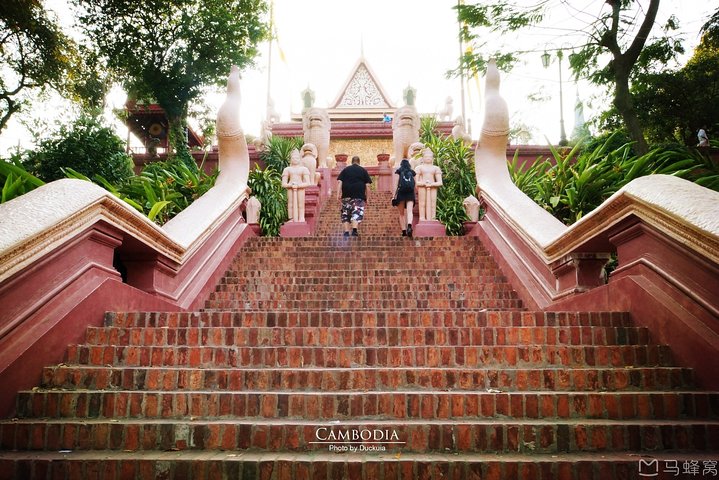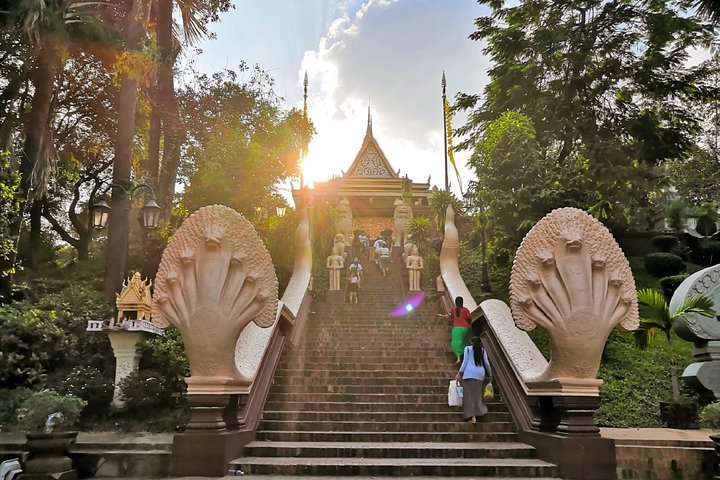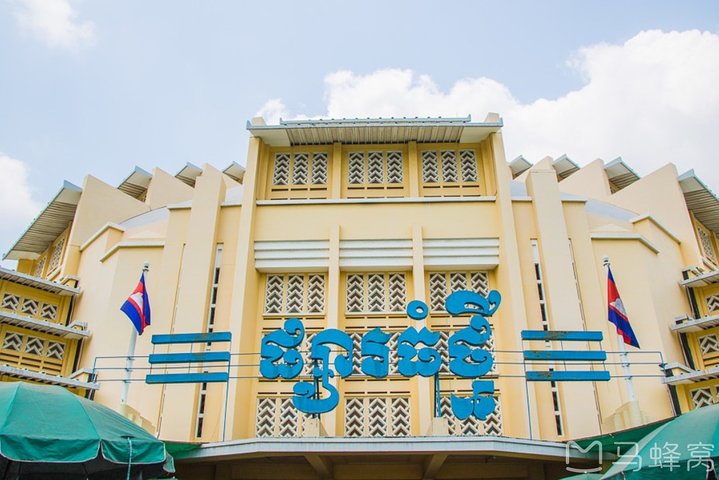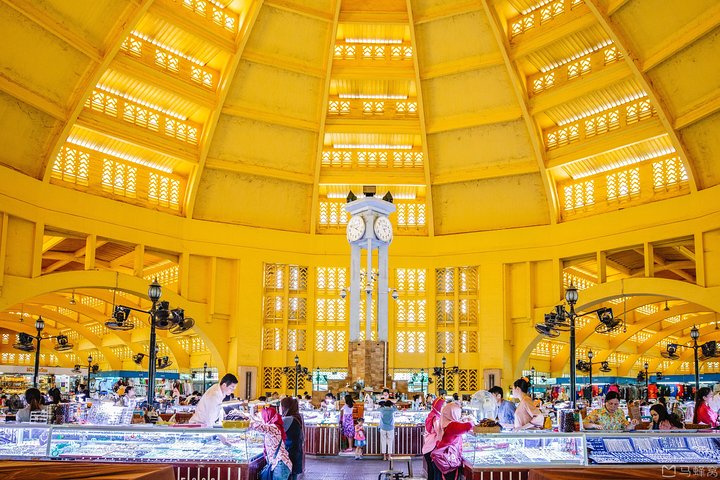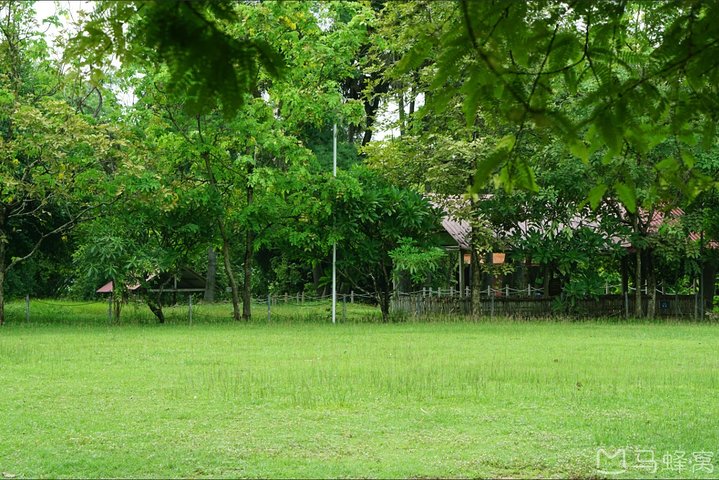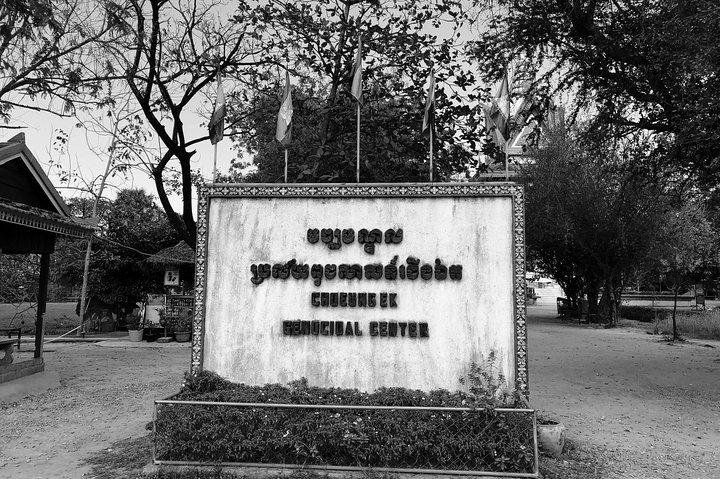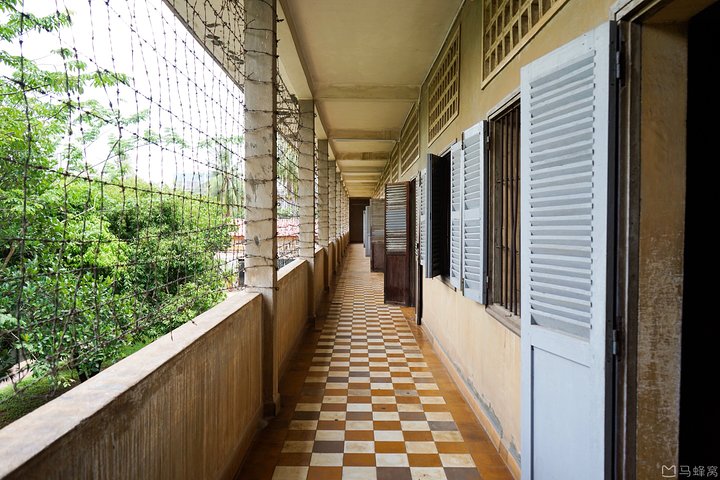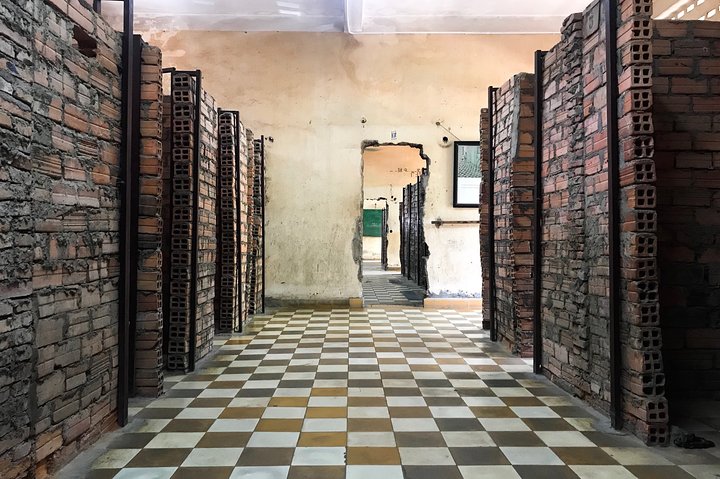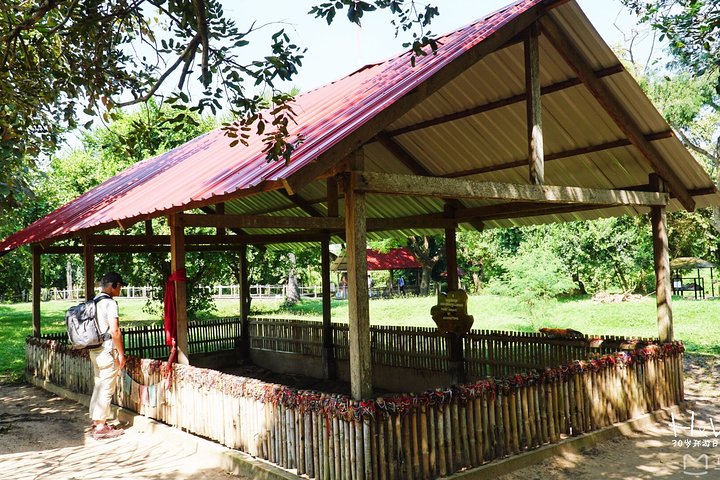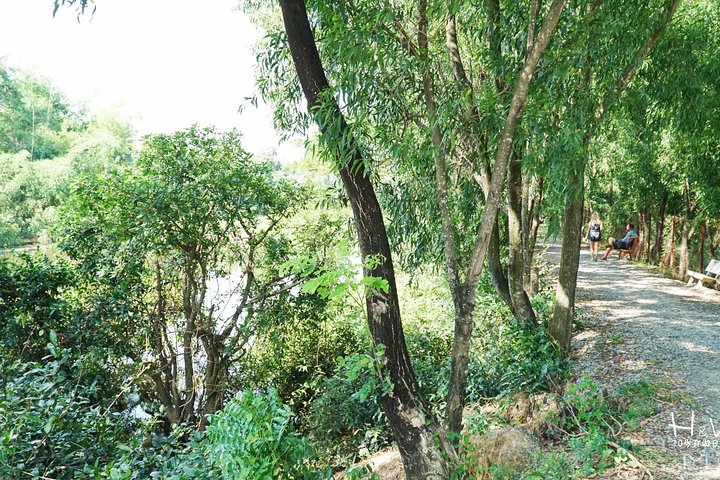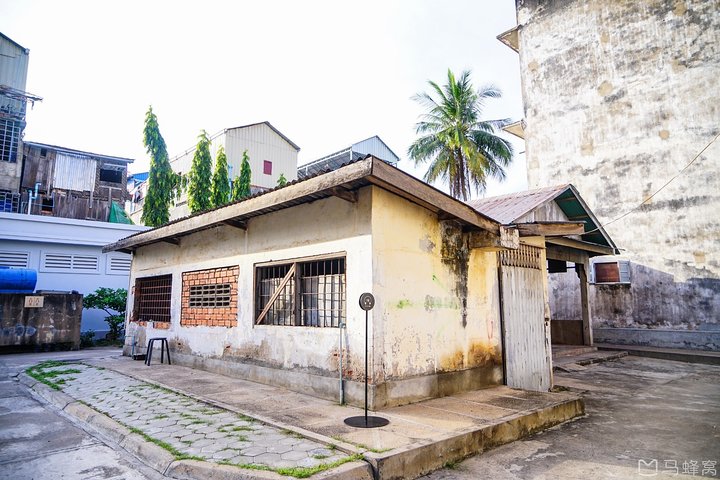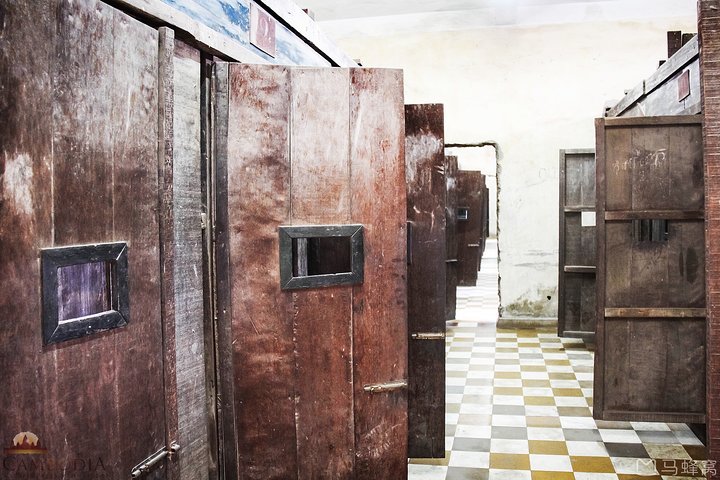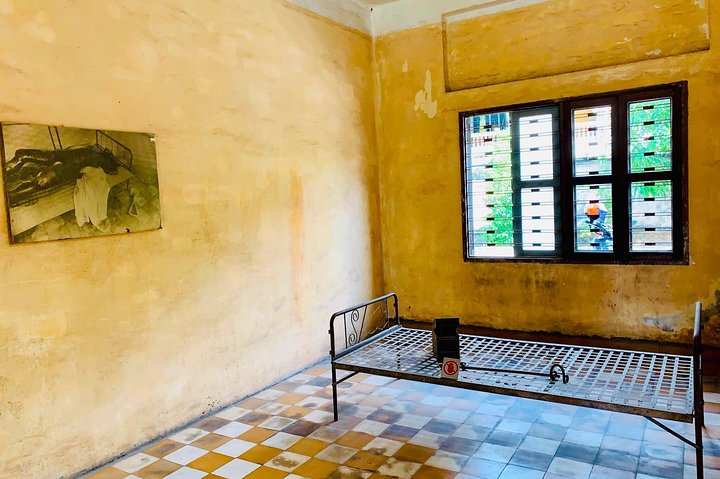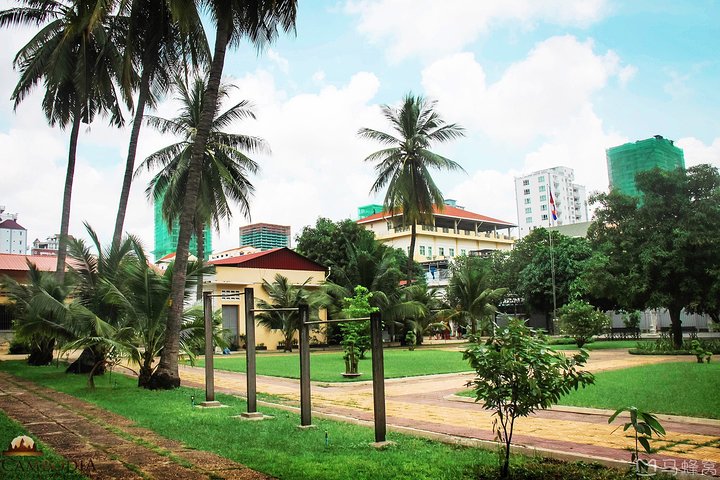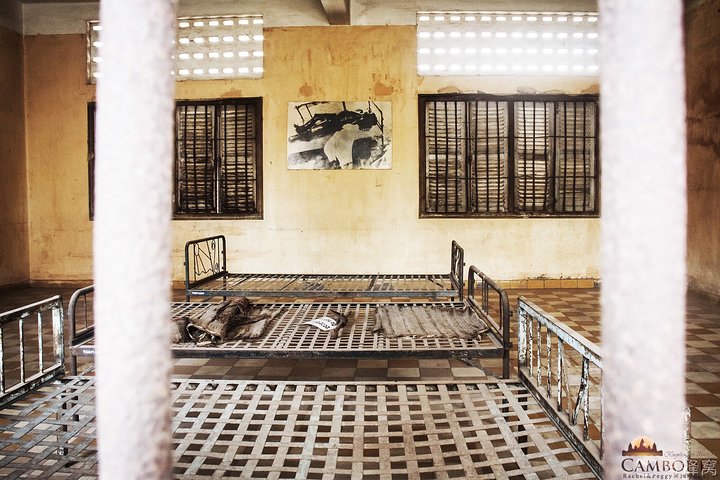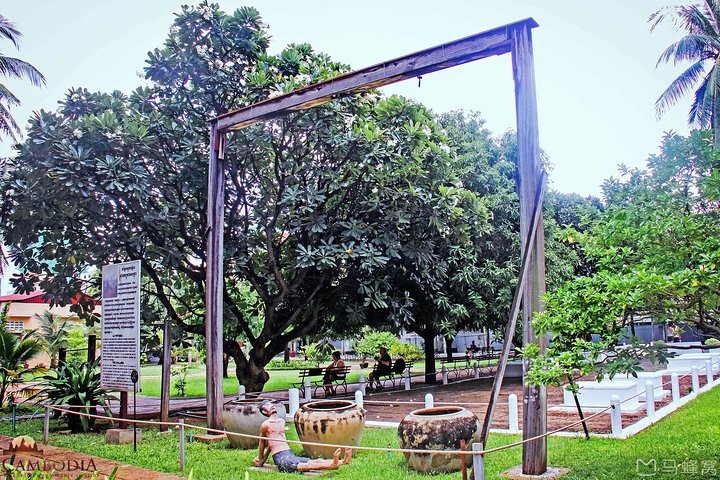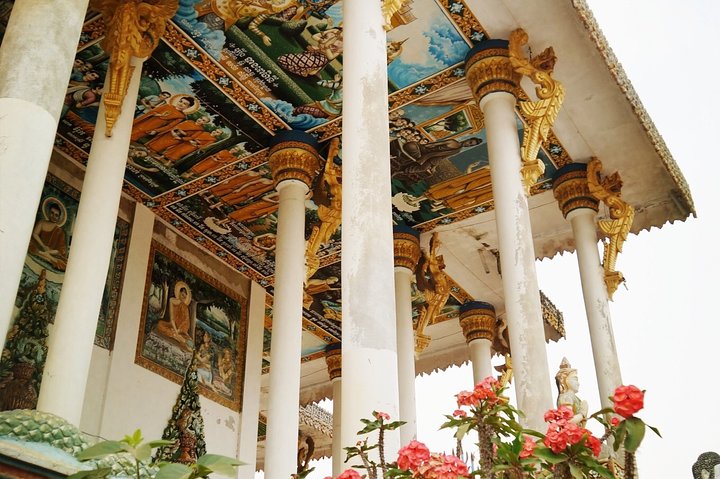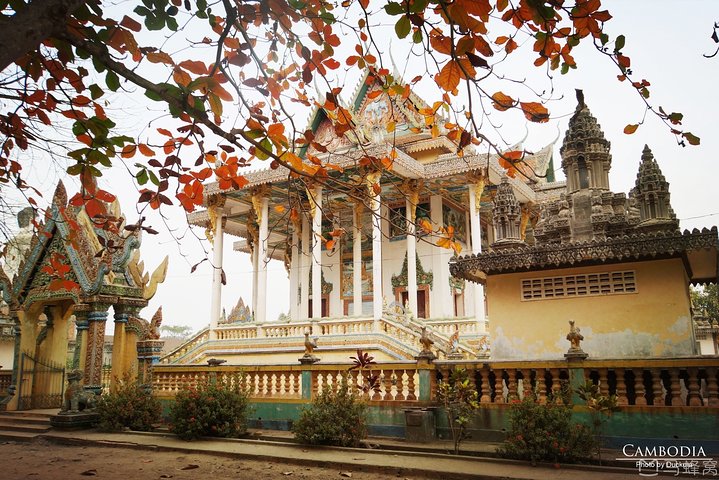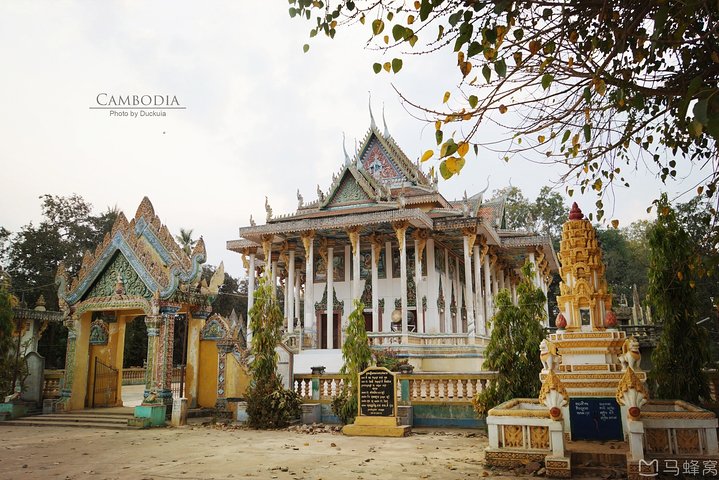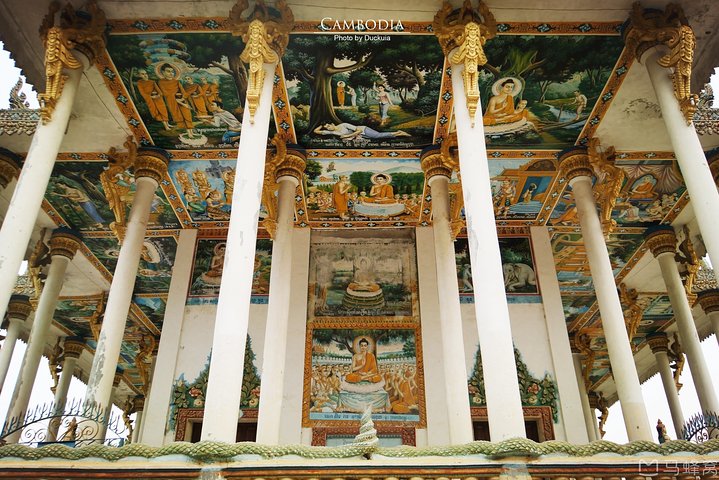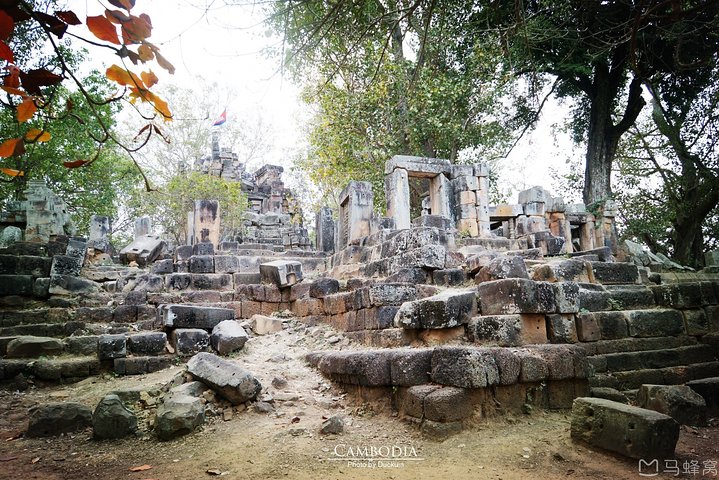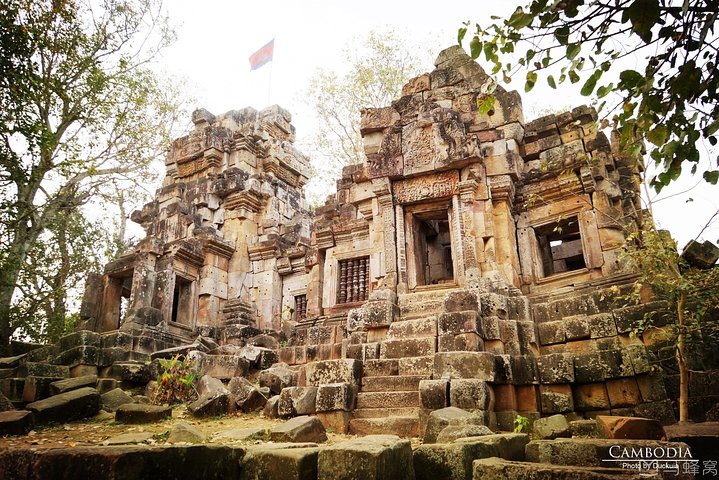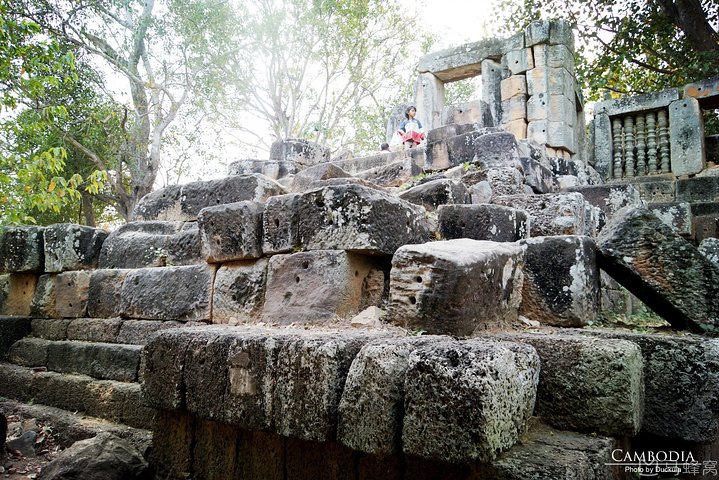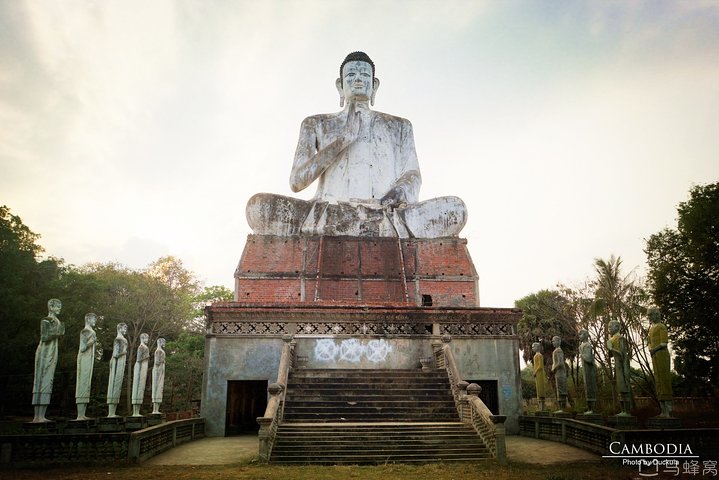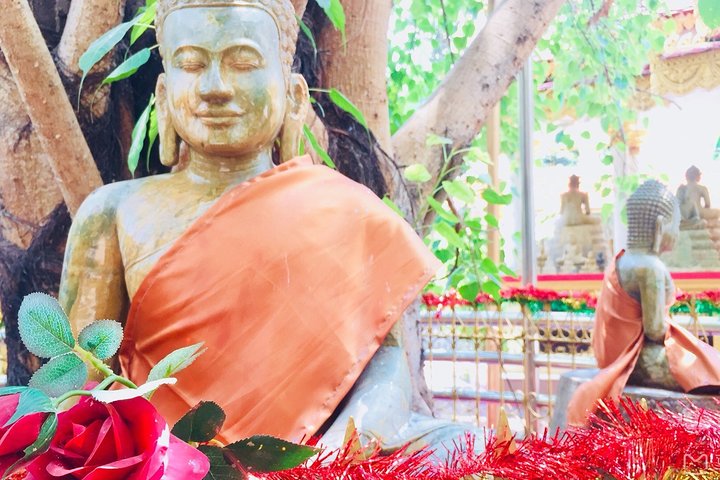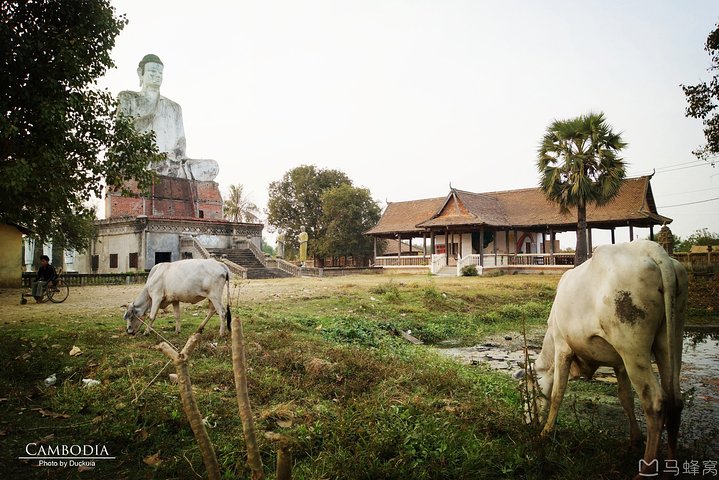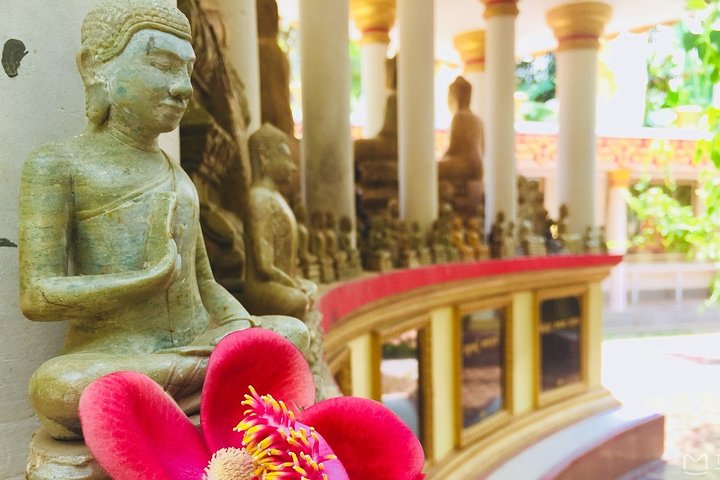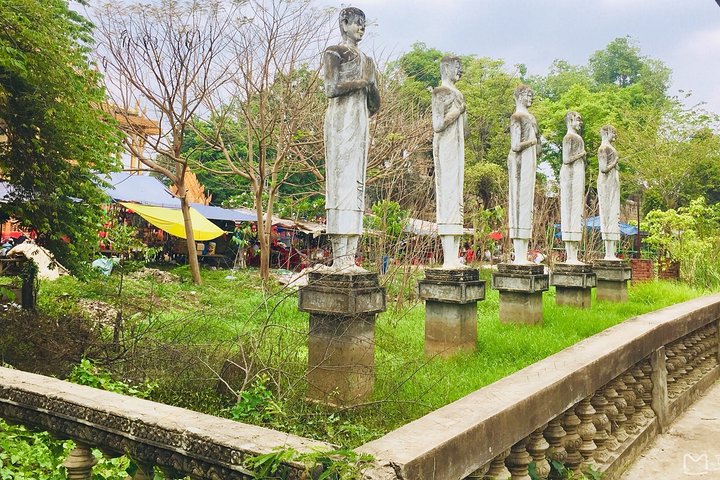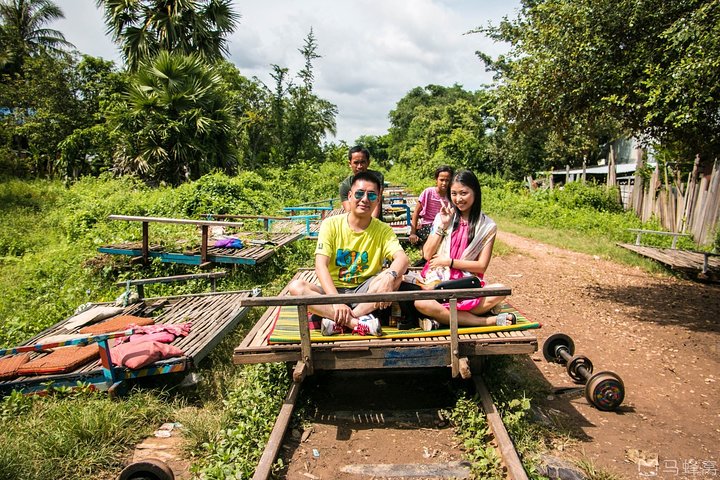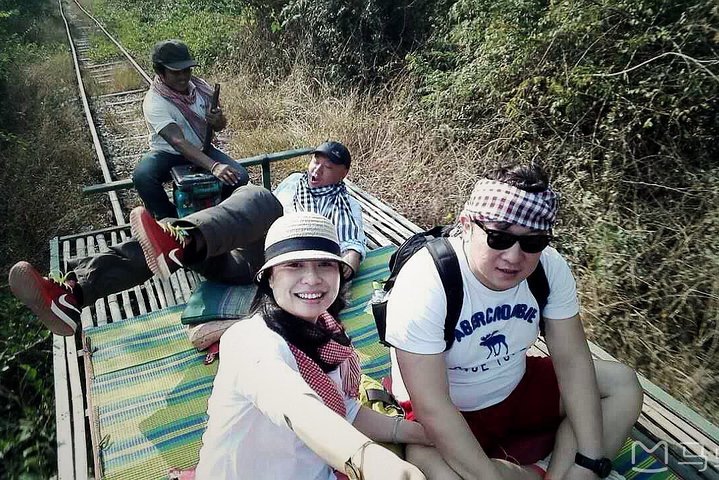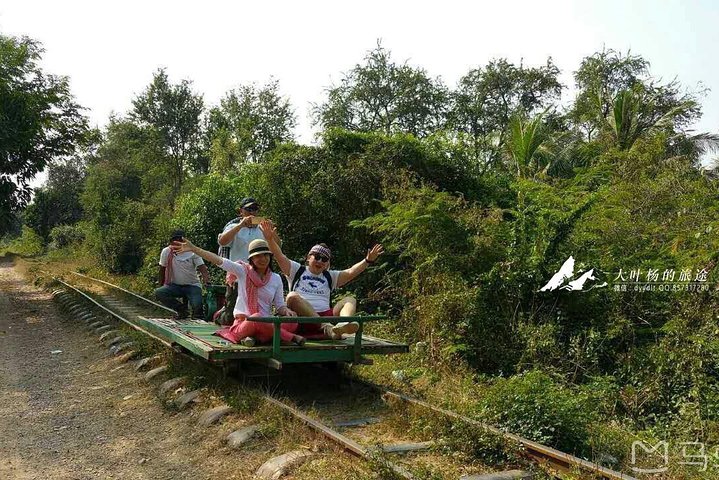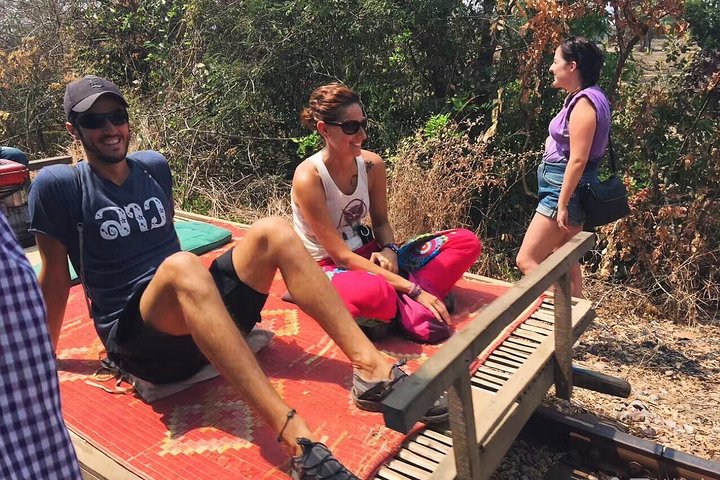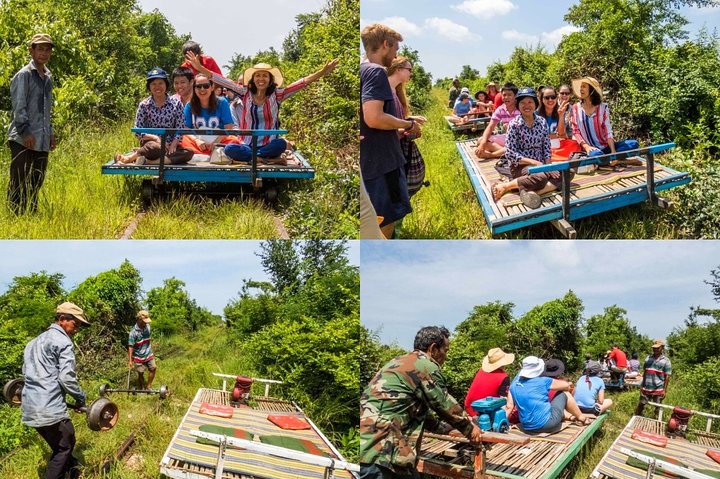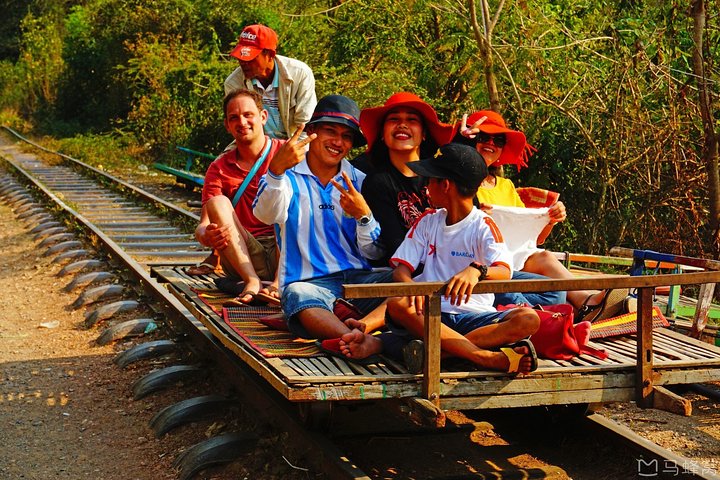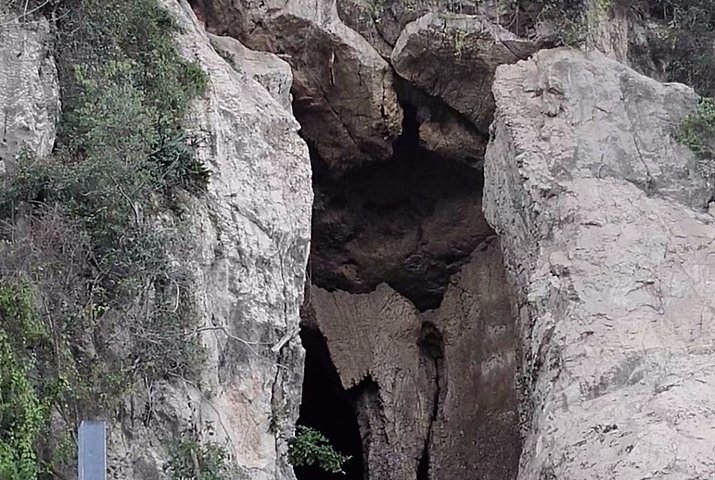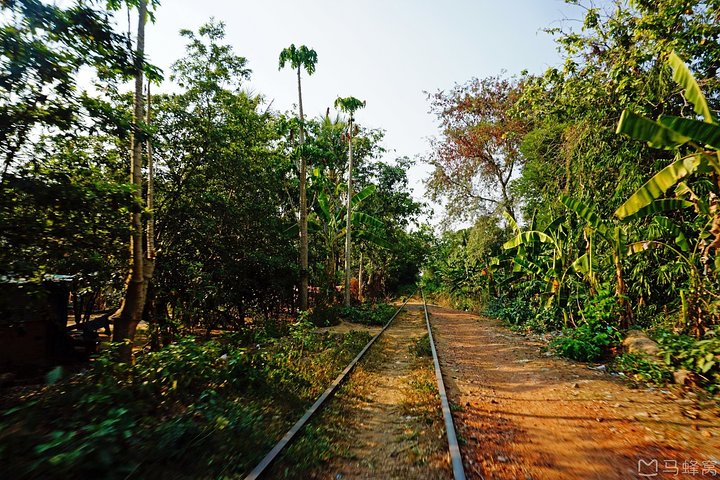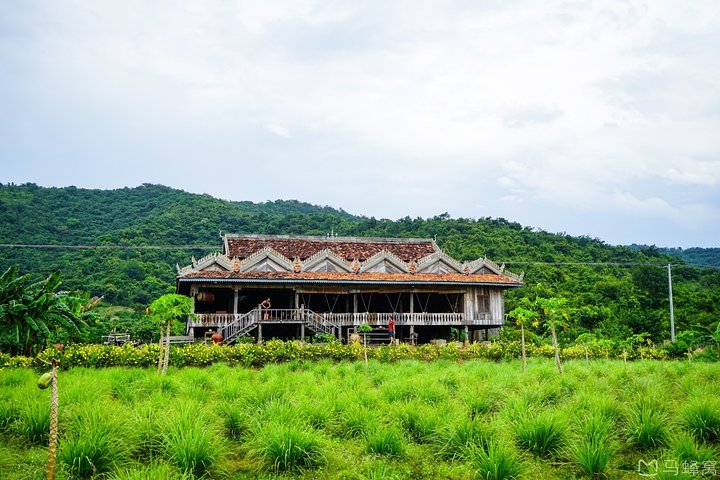4-Days Phnom Penh-Siem Reap Tours
Share this tour

Offered languages
- English
Phnom Penh - Siem Reap 4Days Private tours is best holiday excursion in Cambodia that you will enjoy with the capital city Phnom Penh and explore around the city with the most interesting site in there including historical and cultural sites. After spending 2days in Phnom Penh, you will flight to Siem Reap to explore the most attraction sites of Cambodia as Siem Reap, Angkor wat and ancient city of Angkor and watch sunset at temple and Tonlé Sap Lake.
What's Included
Breakfast
Meeting and pickup
A warm greeting awaits at PhnomPenh International airport, your private tour guide and driver will meet you and warming welcome to Phnom Penh International Airport at the arrivals lounge and transfer you to your hotel in downtown PhnomPenh. Leisure and overnight hotel in Phnom Penh.
Itinerary
-
1Phnom Penh
A warm greeting awaits at PhnomPenh International airport, your private guide and driver will meet and warming welcome you at the arrivals lounge and transfer you to your hotel in downtown PhnomPenh.Your tour guide will provide additional details regarding your stay, and you will be able to ask any questions you may have. The rest of the day is at leisure at hotel in Phnom Penh.
1 hour • Admission ticket free -
2Phnom Penh
Despite being a bit rough on the edges, Phnom Penh retains its former charm as a leafy South East Asian capital with a nice riverside promenade and numerous beautiful Cambodian Buddhist wats, palaces, and other artifacts. A large infrastructure catering to tourists makes it easily accessible, and many consider it to be one of the friendliest capitals in Asia, as Cambodians have not yet become jaded by mass tourism. Widespread poverty can still be seen, as in all of Cambodia. Traffic jams (resulting from poor town planning) are a feature of city life, even till 9 PM. It is a bit unfortunate that one of the tourist industry's selling points for Phnom Penh has to do with wars that took place in the 1970's (i.e. Killing Fields, Toul Sleng), as tourists may associate the city with these historical events when in fact Cambodian culture, including its art and music is quite remarkable and modern day Cambodia is a friendly and youthful place that has nothing to do with remote dark chapters in the country's history. Phnom Penh is slowly gaining high rise buildings, traffic lights, and Western style shopping malls, but overall remains one of the most undeveloped capitals in Asia. It does not have the huge colonial British architectural heritage like Yangon in Myanmar, and is light years behind Bangkok. The beauty that made it a 'Paris of the East' before 1970 is hidden beneath the reality of modern day Cambodia, though there are a few French colonial buildings remaining. The wide boulevards and promenades envisaged by the French are mostly used as parking spaces and market stalls: pedestrians are not in favour. The Khmer temples and monuments found here are some of the most stunning examples of Buddhist architecture and art, and Phnom Penh has no shortage of these. The innermost part of the city, known as "riverside" is where most tourists will go, as it hosts cafés and restaurants aplenty. Standard tourist sights are few, which makes the city a place to relax, watch the street life and absorb the local colour. Phnom Penh is a worthwhile destination for those who enjoy an 'edgy' experience as well as those interested in authentic South East Asian people and culture.
Admission ticket free -
3Royal Palace
The Royal Palace, in Phnom Penh, Cambodia, is a complex of buildings which serves as the royal residence of the king of Cambodia. Its full name in the Khmer language is Preah Barum Reachea Veang Chaktomuk Serei Mongkol.
1 hour • Admission ticket included -
4
DescriptionChoeung Ek is the site of a former orchard and mass grave of victims of the Khmer Rouge - killed between 1975 and 1979 - about 17 kilometres south of Phnom Penh, Cambodia. It is the best-known of the sites known as The Killing Fields, where the Khmer Rouge regime executed over one million people between 1975 and 1979.
1 hour 30 minutes • Admission ticket included -
5Silver Pagoda
DescriptionThe Silver Pagoda is located on the south side of the Royal Palace, Phnom Penh. The official name is Wat Ubaosoth Ratanaram as known as Wat Preah Keo Morakot which is commonly shortened to Wat Preah Keo in Khmer. The vihara houses many national treasures including many gold and jeweled Buddha statues.
1 hour • Admission ticket included -
6Tuol Sleng Genocide Museum
The Tuol Sleng Genocide Museum is a museum in Phnom Penh, the capital of Cambodia, chronicling the Cambodian genocide. The site is a former secondary school which was used as Security Prison 21 by the Khmer Rouge regime from its rise to power in 1975 to its fall in 1979.
1 hour 30 minutes • Admission ticket included -
7
Enjoy your lunch at local restaurant and take a rest.
40 minutes • Admission ticket included -
8Central Market
DescriptionThe Central Market is an Art Deco landmark of Phnom Penh, the capital of Cambodia. The bright yellow building completed in 1937 has a 26m high central dome, with four tall arch-roofed arms branching out diagonally across the block, creating vast hallways housing countless stalls and all kinds of goods.
30 minutes • Admission ticket included -
9Wat Phnom
DescriptionWat Phnom is a Buddhist temple located in Phnom Penh, Cambodia. It was built in 1372, and stands 27 metres above the ground. It is the tallest religious structure in the city. The pagoda was given the name of Wat Preah Chedey Borapaut. Wat Phnom is the central point of Phnom Penh.
30 minutes • Admission ticket included -
10Siem Reap Province
After having breakfast at hotel, You will be picked up and transferred to airport for flight to Siemreap Arrive in Siemreap, welcomed by local tour guide in Siemreap, and transferred to hotel for leaving luggage and take a short rest (early check in if room available).
3 hours • Admission ticket free -
11
At the afternoon, you will be picked up by your tour guide to the sounds of water lapping up against the side of the boat and watch in awe as the incredible floating village rises against the backdrop of the great Tonle Sap Lake. In this idyllic village less than 10miles (15km) from Siem Reap, explore the village on this fantastic Sunset Tour.
4 hours • Admission ticket included -
12Angkor Wat
After having breakfast at hotel, you will be picked up by your tour guide to discovery Angkor Wat Temples. ngkor Wat is a Hindu temple complex in Cambodia and is the largest religious monument in the world, on a site measuring 162.6 hectares. It was originally constructed as a Hindu temple dedicated to the god Vishnu for the Khmer Empire.
2 hours • Admission ticket included -
13Angkor Thom
Angkor Thom (Khmer: អង្គរធំ pronounced [ʔɑːŋ.kɔː.tʰum]; literally: "Great City"), (alternative name: Nokor Thom, នគរធំ) located in present-day Cambodia, was the last and most enduring capital city of the Khmer empire. It was established in the late twelfth century by King Jayavarman VII.[1]:378–382[2]:170 It covers an area of 9 km², within which are located several monuments from earlier eras as well as those established by Jayavarman and his successors. At the centre of the city is Jayavarman's state temple, the Bayon, with the other major sites clustered around the Victory Square immediately to the north. It is also a very big tourist attraction, and people come from all over the world to see it.
2 hours • Admission ticket included -
14Bayon Temple
The Bayon (Khmer: ប្រាសាទបាយ័ន, Prasat Bayon) is a richly decorated Khmer temple at Angkor in Cambodia. Built in the late 12th or early 13th century as the state temple of the Mahayana Buddhist King Jayavarman VII (Khmer: ព្រះបាទជ័យវរ្ម័នទី ៧), the Bayon stands at the centre of Jayavarman's capital, Angkor Thom (Khmer: អង្គរធំ).[1][2] Following Jayavarman's death, it was modified and augmented by later Hindu and Theravada Buddhist kings in accordance with their own religious preferences.
1 hour 30 minutes • Admission ticket included -
15Ta Prohm
Ta Prohm is the modern name of the temple at Angkor, Siem Reap Province, Cambodia, built in the Bayon style largely in the late 12th and early 13th centuries and originally called Rajavihara.
1 hour • Admission ticket included -
16
Banteay Kdei, meaning "A Citadel of Chambers", also known as "Citadel of Monks' cells", is a Buddhist temple in Angkor, Cambodia. It is located southeast of Ta Prohm and east of Angkor Thom.
1 hour 30 minutes • Admission ticket included
ARRIVALS AT PHNOM PENH
PHNOM PENH CITY TOURS
PHNOM PENH MORNING FLIGHT TO SIEM REAP
ANGKOR WAT TEMPLES TOURS
Additional info
- Wheelchair accessible
- Infants and small children can ride in a pram or stroller
- Service animals allowed
- Public transportation options are available nearby
- Infants are required to sit on an adult’s lap
- Specialized infant seats are available
Show 3 more
Additional info
- Wheelchair accessible
- Infants and small children can ride in a pram or stroller
- Service animals allowed
- Public transportation options are available nearby
- Infants are required to sit on an adult’s lap
- Specialized infant seats are available
- Transportation options are wheelchair accessible
- All areas and surfaces are wheelchair accessible
- Suitable for all physical fitness levels
Tags
Cancellation Policy
If you cancel at least 3 full day(s) before the scheduled departure time, you will receive a full refund.
If you cancel within 3 day(s) of the scheduled departure, you will receive a 0% refund.
Show more
Cancellation Policy
- For a full refund, you must cancel at least 3 full days before the experience’s start time.
- If you cancel less than 3 full days before the experience’s start time, the amount you paid will not be refunded.
- This experience requires good weather. If it’s canceled due to poor weather, you’ll be offered a different date or a full refund.
Your guide to the flawless travel experience





























